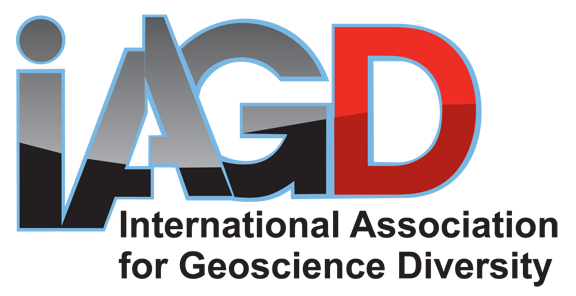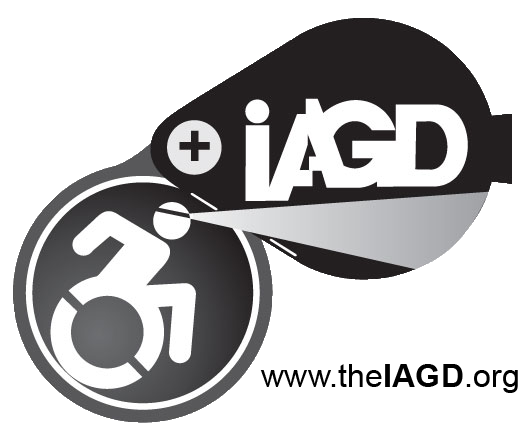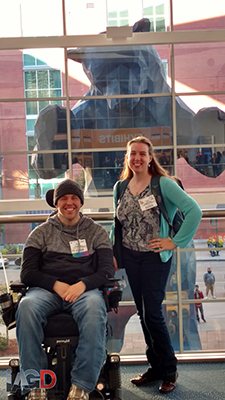3. Reflections
Anita Marshall
University of South Florida
[Editors’ Note: Anita was invited to talk about the pathway she has taken to where she is now in her life and career. She is once again a student, now in a U.S. doctoral program, after having been a science faculty member with a 2-year community college in the U.S. state of Arkansas. Interested in sharing your story? Email us at info@theiagd.org ]
Coming back to school after a near-fatal car accident was one of the scariest decisions I’ve ever made. I had gone all the way through to my final year of my master’s degree as an able-bodied student at a school with a heavy focus on field studies and loved every minute of it. The physicality was one of the things that attracted me to geology. But it became the thing that scared me away from pursuing my Ph.D. The accident had severely damaged my left leg, and even after extensive surgeries and rehab, it was clear my mountain hiking days were over. Despite my best efforts, steep or uneven terrain now fell somewhere between difficult and impossible for me. I had never heard of a disabled geologist – it seemed to me to be an impossible scenario. So instead of continuing my graduate studies, I took a job teaching geology at a community college.
During my years at the community college, I developed a love of teaching. When I heard about the Geoscience Education Ph.D. offered at the University of South Florida, I decided to face my fears and go back to school. The degree track requires both geologic research with one of the specialty groups within the geology department, as well as educational research on a topic of interest to geoscience educators. I was immediately drawn to the geophysical work being done by the volcanology group; but that presented some big challenges. Their work often requires long hours in harsh terrain. To make things worse, the metal in my legs make me a walking interference generator for some of the equipment! I got used to bringing up the rear on hikes, or waiting alone for everyone to come back from inaccessible locations. But I equipment well enough to teach others. When it was time to do my own research project, I recruited others to help me collect data. I learned that careful planning, clear instructions, radios and a telephoto lens are all necessities. Last summer I was an instructor at USF’s Geophysics Field Camp, despite my inability to physically navigate the research locations. I’ve been fortunate to win several student research grants for studying phreatomagmatic eruption sites, which has gone to travel costs involved with getting myself and my helpers out to the field.
As I wrap up the volcanology research segment of my dissertation and turn my focus towards the Geoscience Education chapters, I’m no longer worried about my physical limitations being a liability in the field. In fact, my personal challenges have inspired me to focus my educational research on how students learn in the field and the influence of mobility on learning outcomes. My thinking has changed from “surviving” field work to re-inventing it for future geology students.





